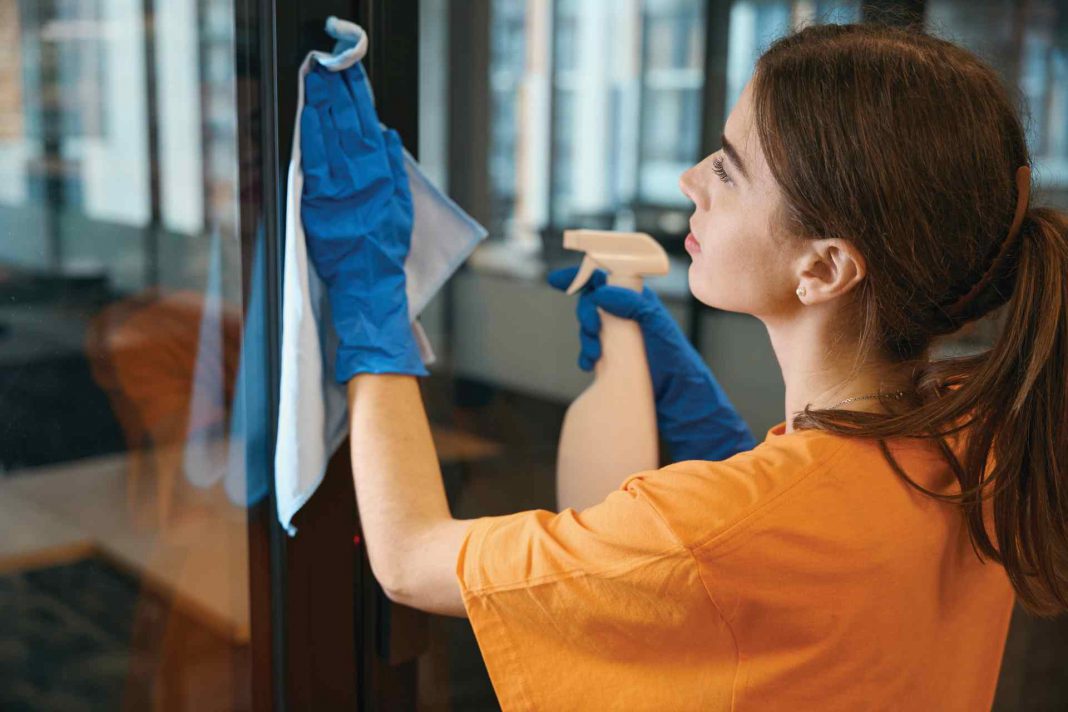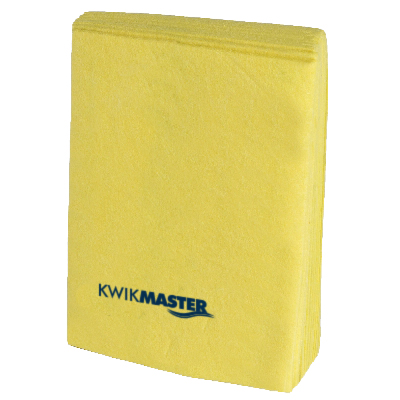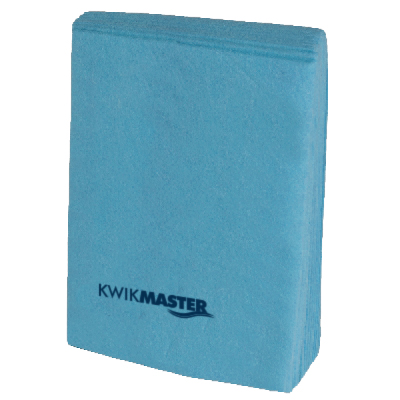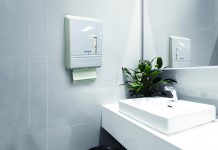While many workplaces have opted for a hybrid approach since the pandemic, the trend for workers to return to the office continues to grow. Office occupancy rates have climbed towards pre-pandemic levels seen in Australian capital cities like Brisbane (70%) and Sydney (55%). In New Zealand, about 89% – nine out of 10 – of workers have returned to the office at least three days a week. With people returning to office spaces, businesses and organisations have had to look at evolving cleaning practices to continue to provide safe and hygienic places of work. Offices now require deeper, more labour-intensive Office Space cleans on a daily basis with new methods and more innovation around cleaning equipment, tools, and solutions. As businesses attempt to do more with less, cleaning practices have evolved so that cleaners are working smarter not harder. When it comes to office-cleaning best practice, there are several techniques to keep in mind for high touch-point areas such as work desks, kitchen counters, bathrooms and meeting rooms, as well as stairwells and lifts – two areas often not mentioned as real germ zones.
COLOUR CODE CLEANING MATERIALS
A colour-coded system for cleaning supplies aims to avoid cross-contamination between different work areas. Colour-coded cleaning products are now widely available, but to utilise their full effect, it’s important to provide staff with thorough training on the various colours and work areas. It’s also vital to display clear signage that explains the system.
USE THE ‘S’ METHOD TO CLEAN FLAT SURFACES
The ‘S’ method to wipe means that you’re working from clean to dirty and avoiding spreading any germs or bacteria on surfaces that have been wiped.
FOLLOW DWELL TIMES FOR CHEMICALS
It’s important to read the instructions properly for different chemicals and make note of the correct dilution rates and maximum dwell times to achieve most effectiveness. If these instructions aren’t followed and chemicals are wiped off surfaces too early, it will reduce the efficacy of the chemicals – or if left on too long can leave an unpleasant film over surfaces.
AVOID USING SPONGES ACROSS MULTIPLE SURFACES
If a sponge is used in an office to clean several desks and other tabletops without proper cleaning in between, you can end up accidentally transferring germs from one surface to another. Instead, proper cleaning and using disinfectant wipes or disposable towels for wiping down different surfaces can help minimise the risk.
REDUCE THE AMOUNT OF WATER USED
As well as saving water, reducing water usage while cleaning floors or carpets can also reduce dry times. This is important because wet grounds can often result in mildew, causing a health risk and material damage. Offices also contain many electrical systems that can be damaged if water reaches them. As office-cleaning best practice continues to evolve and adapt with the influx of returning workers post-COVID, businesses can continue to provide a conducive and hygienic environment for their workforce to thrive.
Download Kwikmaster’s Cleaning Cloth Range Flyer Here












